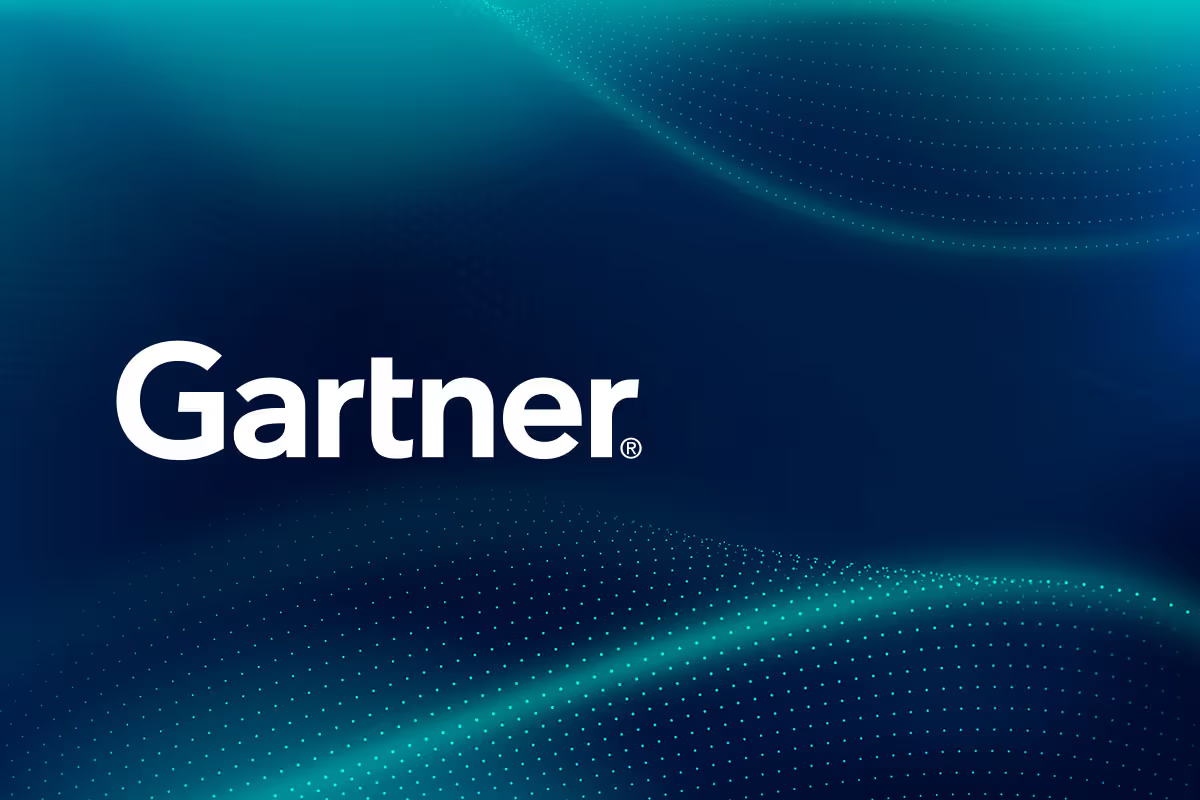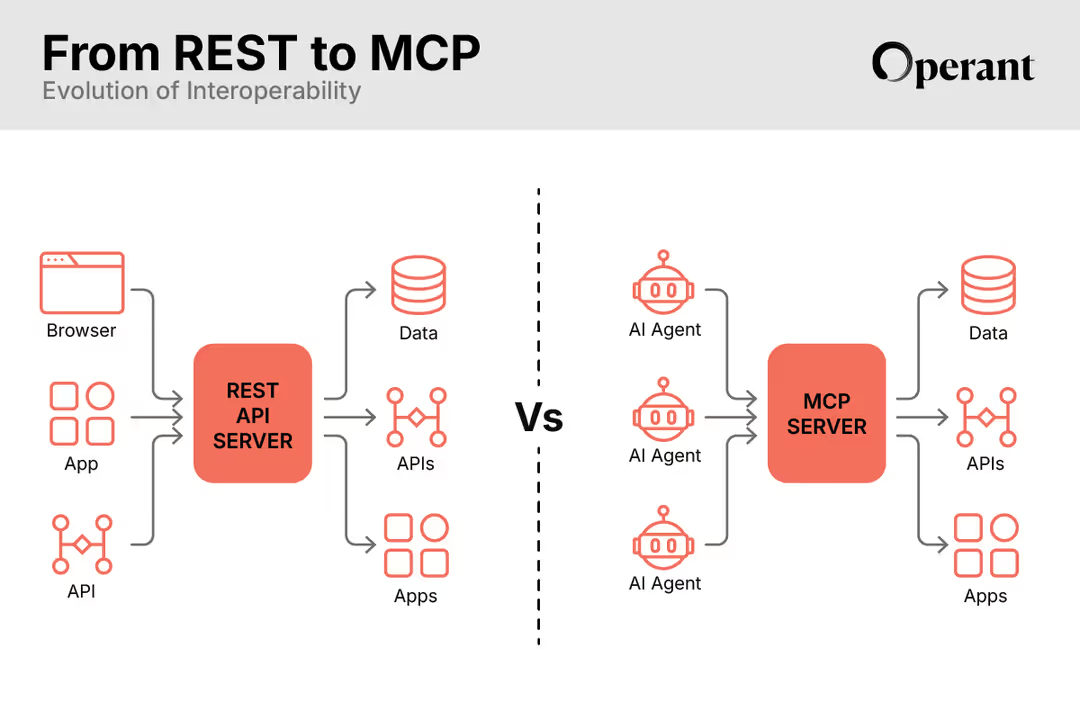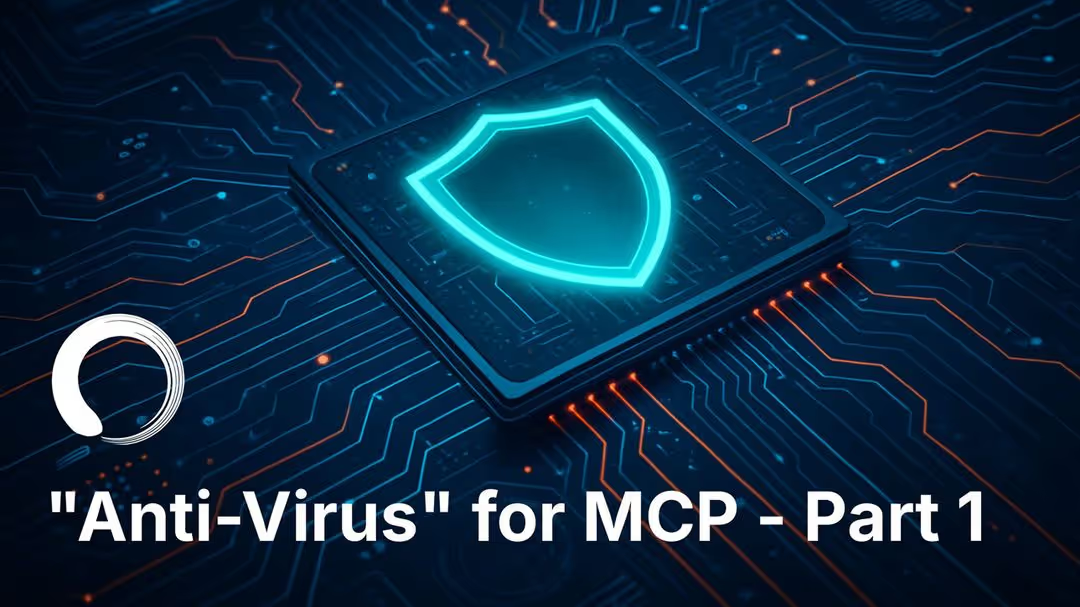The Most Comprehensive OWASP Coverage Out There
Modern applications need real protection across APIs, Kubernetes and LLMs. While other platforms only do visibility of a handful of threats, Operant actively defends applications across every dimension.
Operant covers >80% of the OWASP Top 10 threats for API, LLM & K8s
OWASP API Top 10 Risks
Operant Coverage:
Broken Object Level Authorization
Unauthorized access to other users’ objects can result in data disclosure to unauthorized parties, data loss, or data manipulation. Under certain circumstances, unauthorized access to objects can also lead to full account takeover.
Broken Authentication
Attackers can gain complete control of other users’ accounts in the system, read their personal data, and perform sensitive actions on their behalf. Systems are unlikely to be able to distinguish attackers’ actions from legitimate user ones.
Unrestricted Resource Consumption
Exploitation can lead to DoS due to resource starvation, but it can also lead to operational costs increase such as those related to the infrastructure due to higher CPU demand, increasing cloud storage needs, etc.
Broken Function Level Authorization
Exploitation requires the attacker to send legitimate API calls to an API endpoint that they should not have access to as anonymous users or regular, non-privileged users. Exposed endpoints will be easily exploited. Such flaws allow attackers to access unauthorized functionality. Administrative functions are key targets for this type of attack and may lead to data disclosure, data loss, or data corruption. Ultimately, it may lead to service disruption.
Unrestricted Access to Sensitive Business Flows
Exploitation usually involves understanding the business model backed by the API, finding sensitive business flows, and automating access to these flows, causing harm to the business. In general technical impact is not expected. Exploitation might hurt the business in different ways, for example: prevent legitimate users from purchasing a product, or lead to inflation in the internal economy of a game.
Server Side Request Forgery
Exploitation requires the attacker to find an API endpoint that accesses a URI that’s provided by the client. In general, basic SSRF (when the response is returned to the attacker), is easier to exploit than Blind SSRF in which the attacker has no feedback on whether or not the attack was successful. Successful exploitation might lead to internal services enumeration (e.g. port scanning), information disclosure, bypassing firewalls, or other security mechanisms. In some cases, it can lead to DoS or the server being used as a proxy to hide malicious activities.
Security Misconfiguration
Attackers will often attempt to find unpatched flaws, common endpoints, services running with insecure default configurations, or unprotected files and directories to gain unauthorized access or knowledge of the system. Most of this is public knowledge and exploits may be available. Security misconfigurations not only expose sensitive user data, but also system details that can lead to full server compromise.
Improper Inventory Management
Attackers can gain access to sensitive data, or even take over the server. Sometimes different API versions/deployments are connected to the same database with real data. Threat agents may exploit deprecated endpoints available in old API versions to get access to administrative functions or exploit known vulnerabilities.
Unsafe Consumption of APIs
The impact varies according to what the target API does with pulled data. Successful exploitation may lead to sensitive information exposure to unauthorized actors, many kinds of injections, or denial of service.
OWASP LLM Top 10 Risks
Operant Coverage:
Prompt Injection
This manipulates a large language model (LLM) through crafty inputs, causing unintended actions by the LLM. Direct injections overwrite system prompts, while indirect ones manipulate inputs from external sources.
Insecure Output Handling
This vulnerability occurs when an LLM output is accepted without scrutiny, exposing backend systems. Misuse may lead to severe consequences like XSS, CSRF, SSRF, privilege escalation, or remote code execution.
Training Data Poisoning
This occurs when LLM training data is tampered, introducing vulnerabilities or biases that compromise security, effectiveness, or ethical behavior. Sources include Common Crawl, WebText, OpenWebText, & books.
Model Denial of Service
Attackers cause resource-heavy operations on LLMs, leading to service degradation or high costs. The vulnerability is magnified due to the resource-intensive nature of LLMs and unpredictability of user inputs.
Supply Chain Vulnerabilities
LLM application lifecycle can be compromised by vulnerable components or services, leading to security attacks. Using third-party datasets, pre- trained models, and plugins can add vulnerabilities.
Sensitive Information Disclosure
LLMs may inadvertently reveal confidential data in its responses, leading to unauthorized data access, privacy violations, and security breaches. It’s crucial to implement data sanitization and strict user policies to mitigate this.
Insecure Plugin Design
LLM plugins can have insecure inputs and insufficient access control. This lack of application control makes them easier to exploit and can result in consequences like remote code execution.
Excessive Agency
LLM-based systems may undertake actions leading to unintended consequences. The issue arises from excessive functionality, permissions, or autonomy granted to the LLM-based systems.
Model Theft
This involves unauthorized access, copying, or exfiltration of proprietary LLM models. The impact includes economic losses, compromised competitive advantage, and potential access to sensitive information.
OWASP Kubernetes Top 10 Risks
Operant Coverage:
Insecure Workload Configurations
The security context of a workload in Kubernetes is highly configurable which can lead to serious security misconfigurations propagating across an organization’s workloads and clusters. Kubernetes manifests contain many different configurations that can affect the reliability, security, and scalability of a given workload. These configurations should be audited and remediated continuously.
Supply Chain Vulnerabilities
Containers take on many forms at different phases of the development lifecycle supply chain; each of them presenting unique security challenges. A single container alone can rely on hundreds of third-party components and dependencies making trust of origin at each phase extremely difficult. These challenges include but are not limited to image integrity, image composition, and known software vulnerabilities.
Overly Permissive RBAC
Role-Based Access Control (RBAC) is the primary authorization mechanism in Kubernetes and is responsible for permissions over resources. These permissions combine verbs (get, create, delete, etc.) with resources (pods, services, nodes, etc.) and can be namespace or cluster scoped.
Policy Enforcement
Distributing and enforcing security policies across multiple clusters, clouds, and risk tolerances quickly becomes unmanageable for security teams. The inability to detect, remediate, and prevent misconfigurations from a central location can leave clusters open to compromise.
Inadequate Logging
A Kubernetes environment has the ability to generate logs at a variety of levels from many different components. When logs are not captured, stored, or actively monitored attackers have the ability to exploit vulnerabilities while going largely undetected. The lack of logging and monitoring also presents challenges during incident investigation and response efforts.
Broken Authentication
Authentication in Kubernetes takes on my many forms and is extremely flexible. This emphasis on being highly configurable makes Kubernetes work in a number of different environments but also presents challenges when it comes to cluster and cloud security posture.
Network Segmentation
When operating Kubernetes with multiple microservices and tenants, a key area of concern is around control of network traffic. Isolating traffic within the context of a Kubernetes cluster can happen on a few levels including between pods, namespaces, labels, and more.



3%20%3D(Art)Kubed%20(16%20x%209%20in)%20(7)-p-1080.avif)




